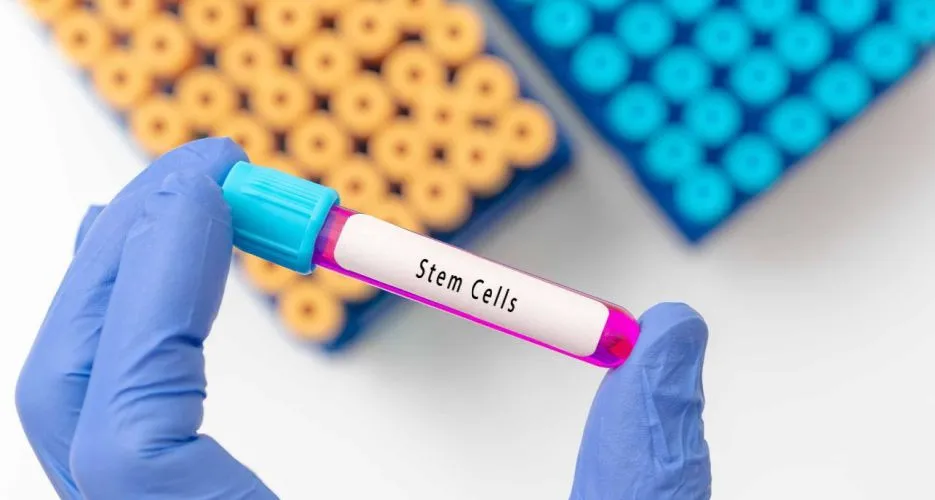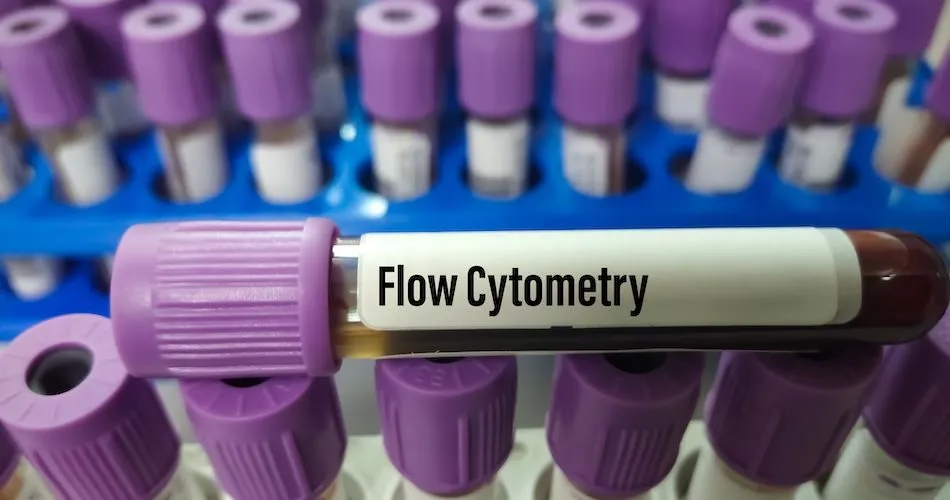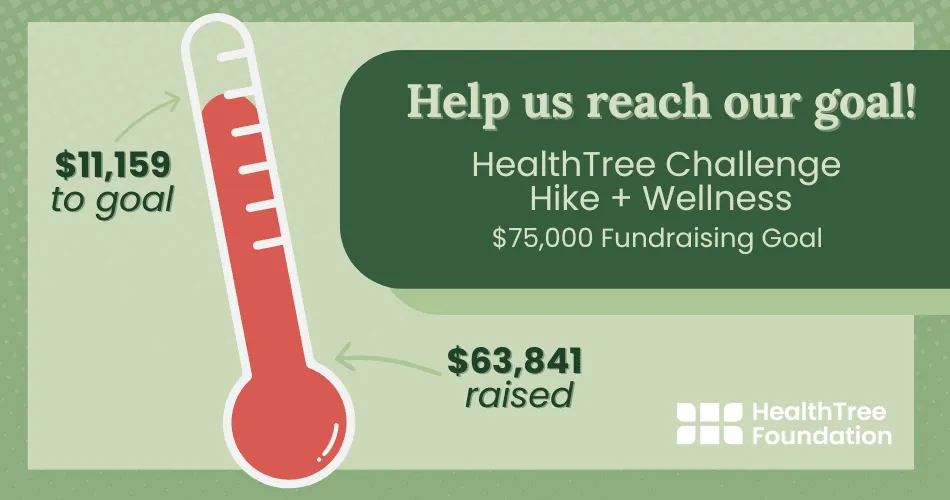Real-World Data Shows Zanubrutinib (Brukinsa) Takes the Lead in Covalent BTK Inhibitors

Researchers found that zanubrutinib (Brukinsa, BeOne) performed better than other covalent BTK inhibitors, acalabrutinib (Calquence, AstraZeneca) and ibrutinib (Imbruvica, Pharmacyclics/J&J), as a first treatment for people with chronic lymphocytic leukemia (CLL).
Most comparisons of BTK inhibitors happen in clinical trials. This study instead looked at how these treatments worked in real-world settings, giving a clearer picture of how they perform in everyday life.
Learn more below to help you make informed treatment decisions with your care team.
How the covalent BTK inhibitors performed as a first CLL treatment
Ryan Jacobs, MD, from the Atrium Health Levine Cancer Institute, led research efforts to evaluate the records of 2,515 people with CLL who took a covalent BTK inhibitor as their first therapy between January 2020 and August 2024:
- 310 received zanubrutinib
- 1,111 received acalabrutinib
- 1,094 received ibrutinib
The median age of the patients treated was between 72 and 74 years, depending on the BTK inhibitor. Zanubrutinib was given more often to individuals with high-risk CLL types del(17p)/TP53 mutation.
Three outcomes were measured:
- Time to next treatment: How long patients stayed on the BTK inhibitor before needing a new therapy or death.
- Time to treatment discontinuation: How long patients remained on their first treatment before stopping it for any reason or death.
- Overall survival: How long patients live after starting therapy.
The findings showed:
| Zanubrutinib (median follow-up 12 months) | Acalabrutinib (median follow-up 23 months) | Ibrutinib (median follow-up 33 months) | |
| Time to next treatment | Not reached | Not reached | 38.2 months |
| Time to treatment discontinuation | Not reached | 43.7 months | 21.9 months |
| Overall survival | Not reached | Not reached | Not reached |
"Not reached" means that, at the median follow-up, more than half of the patients had not yet experienced the event being measured.
Zanubrutinib had a shorter median follow-up because it is a newer therapy than acalabrutinib and ibrutinib. Even though follow-up times were different, researchers found that at months 6, 12, and 18 after starting treatment, people who took zanubrutinib had a higher probability of not needing a new therapy and not stopping than those who took acalabrutinib or ibrutinib.
What does this mean for people with CLL?
These results suggest that zanubrutinib may offer longer control of CLL than other covalent BTK inhibitors. This is especially important considering more high-risk patients took zanubrutinib.
Talk with your CLL specialist about these real-world findings to help you decide which treatment is best for you.
If you’d like to learn more about how BTK inhibitors work, side effect management, and other factors to consider, click the button below to access our free patient guide.
Source:
Researchers found that zanubrutinib (Brukinsa, BeOne) performed better than other covalent BTK inhibitors, acalabrutinib (Calquence, AstraZeneca) and ibrutinib (Imbruvica, Pharmacyclics/J&J), as a first treatment for people with chronic lymphocytic leukemia (CLL).
Most comparisons of BTK inhibitors happen in clinical trials. This study instead looked at how these treatments worked in real-world settings, giving a clearer picture of how they perform in everyday life.
Learn more below to help you make informed treatment decisions with your care team.
How the covalent BTK inhibitors performed as a first CLL treatment
Ryan Jacobs, MD, from the Atrium Health Levine Cancer Institute, led research efforts to evaluate the records of 2,515 people with CLL who took a covalent BTK inhibitor as their first therapy between January 2020 and August 2024:
- 310 received zanubrutinib
- 1,111 received acalabrutinib
- 1,094 received ibrutinib
The median age of the patients treated was between 72 and 74 years, depending on the BTK inhibitor. Zanubrutinib was given more often to individuals with high-risk CLL types del(17p)/TP53 mutation.
Three outcomes were measured:
- Time to next treatment: How long patients stayed on the BTK inhibitor before needing a new therapy or death.
- Time to treatment discontinuation: How long patients remained on their first treatment before stopping it for any reason or death.
- Overall survival: How long patients live after starting therapy.
The findings showed:
| Zanubrutinib (median follow-up 12 months) | Acalabrutinib (median follow-up 23 months) | Ibrutinib (median follow-up 33 months) | |
| Time to next treatment | Not reached | Not reached | 38.2 months |
| Time to treatment discontinuation | Not reached | 43.7 months | 21.9 months |
| Overall survival | Not reached | Not reached | Not reached |
"Not reached" means that, at the median follow-up, more than half of the patients had not yet experienced the event being measured.
Zanubrutinib had a shorter median follow-up because it is a newer therapy than acalabrutinib and ibrutinib. Even though follow-up times were different, researchers found that at months 6, 12, and 18 after starting treatment, people who took zanubrutinib had a higher probability of not needing a new therapy and not stopping than those who took acalabrutinib or ibrutinib.
What does this mean for people with CLL?
These results suggest that zanubrutinib may offer longer control of CLL than other covalent BTK inhibitors. This is especially important considering more high-risk patients took zanubrutinib.
Talk with your CLL specialist about these real-world findings to help you decide which treatment is best for you.
If you’d like to learn more about how BTK inhibitors work, side effect management, and other factors to consider, click the button below to access our free patient guide.
Source:

about the author
Megan Heaps
Megan joined HealthTree in 2022. She enjoys helping patients and their care partners understand the various aspects of the cancer. This understanding enables them to better advocate for themselves and improve their treatment outcomes.
More on Treatment Advances
Trending Articles
Get the Latest Leukemia Updates, Delivered to You.
By subscribing to the HealthTree newsletter, you'll receive the latest research, treatment updates, and expert insights to help you navigate your health.










